The Congress left behind the legacy of an anachronic system of resolving commercial insolvency. The Companies Act had a provision of winding up a company if it is unable to pay its debt. Additionally, the Congress Government had enacted the SICA in the decade of 1980s for rehabilitation of sick companies.
This applied to companies whose net worth has become negative. The law proved to be an utter failure. Law carried out rehabilitation, several sick companies got a protective iron curtain against creditors. The Debt Recovery Tribunal was created to enable banks to recover every dues diligently.
But these have not proved to be highly efficient mechanism for recovering debt. For non-corporate insolvencies the Provincial Insolvency Act was applicable. This was a rusted piece of legislation, ineffective and had faded away because of disuse.

The NDA Government headed by Shri Atal Bihari Vajpayee has enacted the SARFAESI Law which proved to be much better than the earlier mechanism. In the year 2000, the NPAs had sky-rocketed into double digits. Both the SARFESI Law and the prudent interest rate management by the RBI helped in bringing the NPAs down. Subsequently, between 2008 to 2014, Banks lent indiscriminately. This lead to a very high percentage of NPAs which was highlighted by the Asset Quality Reviews of the RBI. This led to a prompt action by the Government. An Expert Committee was appointed, which submitted its Report in 2015 recommending the IBC. Immediately, a Bill was introduced in Lok Sabha and referred to a Joint Committee of Parliament. The Parliamentary Committee displayed its wisdom and submitted a report recommending some changes in the Legislation. The IBC was approved by both Houses of Parliament in May, 2016. This was the quickest Economic legislative change that I have seen being made by Parliament. The NCLT was immediately constituted, the Insolvency Bankruptcy Board of India was established and the regulations were framed. By the end of 2016 corporate insolvency cases were being received by the NCLT.
THE EXPERIENCE SO FAR
The early harvest through the IBC process has been extremely satisfactory. It has changed the debtor – creditor relationship. The creditor no longer chases the debtor. In fact, it is otherwise. Upon constitution of the NCLT and the implementation of IBC its functionality had revealed the need for improvements in the law. Two legislative intervention since then have taken place.
The NCLT has become a trusted forum of high credibility. Those who drive the companies to insolvency, exit from management. The selection of new management has been an honest and transparent process. There has been no political or Governmental interference in the cases. The recoveries of monies parked in insolvent companies has taken place through three methods : firstly, after the introduction of Section 29(A) such companies are paying up in anticipation of not crossing red line and being referred to NCLT. As a result, the banks have started receiving monies from the potential debtors who pay in anticipation of the default. The defaulters know well that once they get into IBC they will surely be out of management because of Section 29(A). Secondly, once a petition of the creditor is filed before the NCLT many debtors have been paying at the pre-admission stage so that the declaration of insolvency does not take place. Thirdly, many major insolvency cases have already been resolved and many are on the way of resolving. Those which cannot be resolved move towards liquidation and the banks are receiving the liquidation value.
The functioning of NCLT and the Tribunal has led to a large number of cases being filed. The NCLT is over-crowded, its capacity is now being further enhanced. Realizing the urgency, the Supreme Court has pronounced several judgements expeditiously, laying down the Law on the new Legislative provisions. The law declared by the Supreme Court will go a long way in interpretation and clarifying the ambiguity, if any. This will expedite the process further in coming days.
So far 1322 cases have been admitted by NCLT. 4452 cases have been disposed at pre-admission stage and 66 have been resolved after adjudication. 260 cases have been ordered for liquidation. In 66 resolution cases, realization by creditors was around Rs. 80,000 crores. As per NCLT database, in 4452 cases disposed at pre-admission stage, the amount apparently settled was around Rs 2.02 lakh crores. Some of the big 12 cases such as Bhushan Power and Steel Ltd. and Essar Steel India Ltd. are in advanced stages of resolution and are likely to be resolved in this financial year in which realization is expected to be around Rs 70,000 crores. Increase in conversion of NPAs into standard accounts and decline in new accounts falling in NPA category show a definite improvement in the lending and borrowing behaviour.
– Arun Jaitley


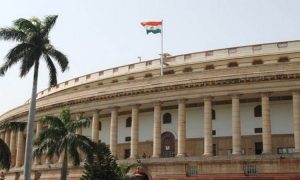



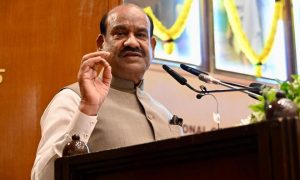





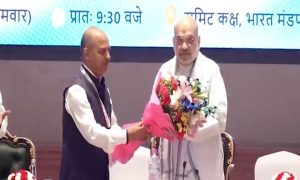





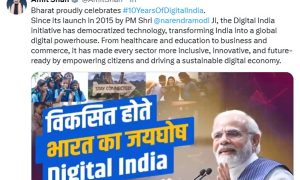



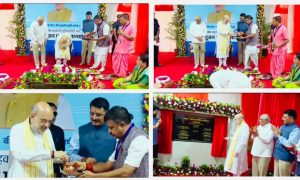



 WhatsApp us
WhatsApp us